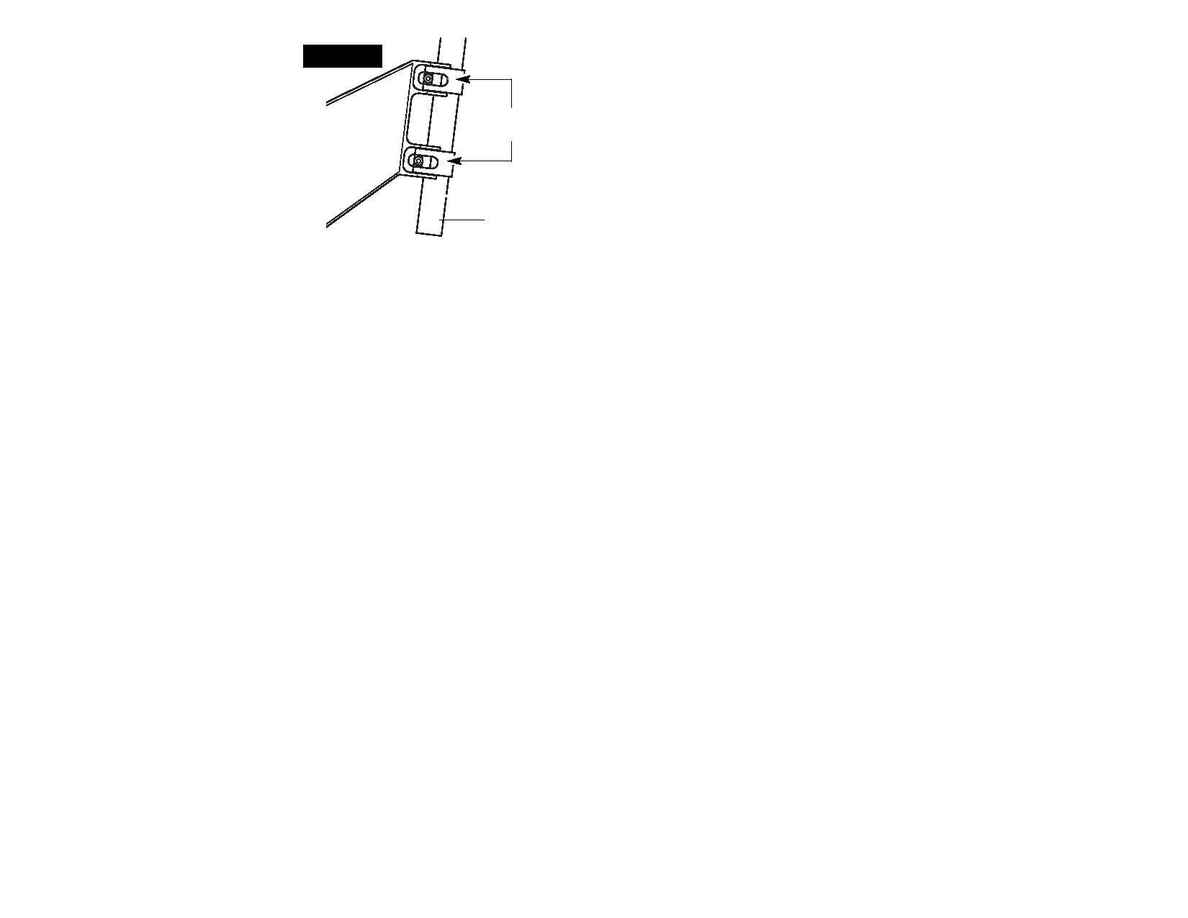
9.
FOX FLOAT AIR / OIL SHOCKS
The Fox FLOAT shocks use an air spring to adjust the stiffness of the rear
suspension and oil to damp the suspension movement. Before adjusting air
spring preload, clean any dirt from the area around the Schrader valve on
the shock absorber.
1. With rider off of the bike, attach a high pressure precision air pump with
gauge to the threads and add air pressure equal to the rider's weight (in p.s.i.).
Then compress the suspension once to charge the negative air spring. This in-
flation is a good starting point, but can be fine tuned by following the remain-
ing steps.
2. With rider off of the bike, measure distance between the centers of the bolts
at each end of the shock which anchor the shock to the bike and the swingarm.
3. Have the rider sit on the bike in a normal, relaxed cycling position, with both
feet on the pedals and weight on the seat. It may be easiest for the rider to lean
against a wall or post. It is important that the rider not bounce the bike.
4. Again measure the distance between the centers of the bolts at each end of
the shock. The difference between this measurement and the uncompressed
measurement is the suspension "sag."
5. Most riders prefer to set the preload so that the bike's rear shock compresses
about 1/4" when the rider is seated in a normal, relaxed riding position. Add or
release air pressure to the suspension, compress the shock once, and recheck
your measurements to achieve the desired sag setting.
FOX VANILLA COIL SHOCKS
The Fox Vanilla shocks use a coil spring to adjust the stiffness of the rear sus-
pension and oil to damp the suspension movement. Note that the spring rate
(stiffness) of the coil spring is printed on the outside of the coil, and that coils
of different spring rates are available from Fox.
1. With rider off of the bike, measure distance between the centers of the bolts
at each end of the shock which anchor the shock to the bike and the swingarm.
2. Have the rider sit on the bike in a normal, relaxed cycling position, with
both feet on the pedals and weight on the seat. It may be easiest for the rider
to lean against a wall or post. It is important that the rider not bounce the bike.
8.
SUPER V RAVEN SEATPOST
MOUNTING
The Super V Raven will accept any
27.2mm diameter seatpost. It is criti-
cal that the seatpost is inserted through
both of the frame's seatpost clamps, and
is clamped securely. Grease the threads
on the frame's seatpost clamp bolts and
tighten both of the seatpost clamps to
35 In-Lbs (4 Nm) (see Fig.5.)
IMPORTANT: Make sure that the end of the seatpost will not come into con-
tact with the rear shock and/or swingarm as the suspension is compressed.
To do so, first adjust the seatpost height for the bike's intended rider. Then
compress the rear suspension as far is possible in order to bottom out the
suspension travel. If necessary, cut the bottom of the seatpost to provide at
least 1/2" of clearance between it and the suspension parts when the sus-
pension is fully compressed. Repeat this check each time the seat height
is readjusted.
WARNING: Use only a 27.2mm diameter seatpost and be sure that
the seatpost is held in both seatpost clamps. Both clamp bolts must be
torqued to 35 In-Lbs (4 Nm.) Failure to properly torque the clamps could
lead to slippage, loss of control and risk of serious injury or death.
REAR SUSPENSION ADJUSTMENT FOR ALL SUPER V MODELS
All Super V and Super V Raven models use Fox shock absorbers to provide
120mm of plush rear wheel travel, except for Raven SL models which use
shorter travel Fox shocks for 80mm of travel. The shorter travel is more ideal
for lightweight cross country use, but the SL models can be upgraded to a
longer travel shock if desired. To get the best performance from the rear
suspension, the preload pressure in the rear shock should be adjusted to
suit the rider's weight. Based upon which type of shock you have on your
Super V, refer to the appropriate section below.
NOTE: Rear suspension preload is a matter of personal preference. We
encourage riders to experiment with different preload settings and find the
setting that suits them best. If too much preload is set, the suspension will
be stiff and unresponsive over small bumps. Alternately, if the preload is
too soft, the rider may feel some amount of "bouncing" while climbing or
sprinting, and may tend to bottom out the shock (compress it to the limit
of its travel) on large bumps.
Minimum
Insertion
Fig.5 w
Torque: 35
in/lbs.
